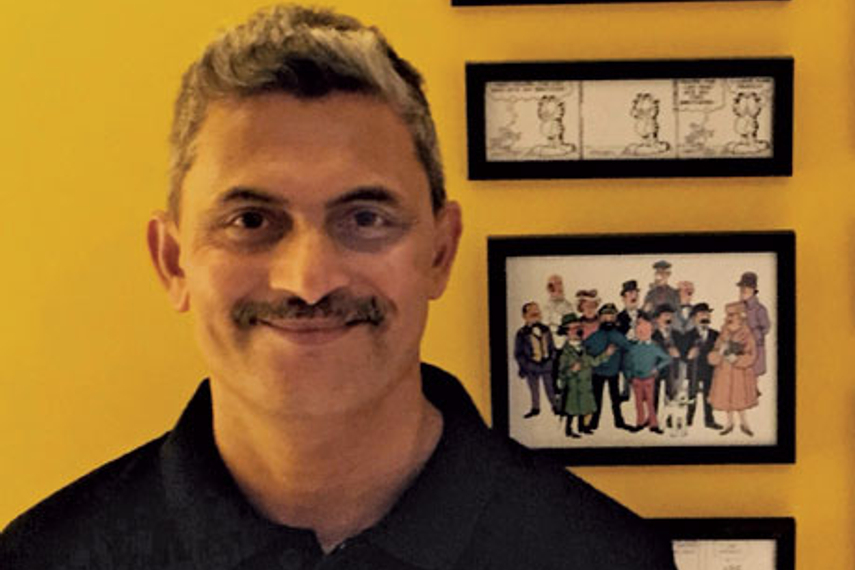
Please sign in or register
Existing users sign in here
Having trouble signing in?
Contact Customer Support at
[email protected]
or call+91 022 69047500
Jagdish Acharya, founder director, Cut the Crap (CTC), tells us about his journey from product management to creative, with a few strategic steps in between, what Cut the Crap wants to stand for, and the start-up wave

Contact Customer Support at
[email protected]
or call+91 022 69047500
Top news, insights and analysis every weekday
Sign up for Campaign Bulletins
Sarah Wynn-Williams’ memoir lifts the lid on life inside Facebook, exposing a culture where ambition eclipses ethics, and authenticity is welcomed only when it's convenient.
Brian Lesser, currently global chief executive of Group M, joined from InfoSum in September 2024.
India’s sports sponsorship industry crosses INR 16,633 crores in 2024, posting a growth even in non-cricket sponsorships, finds GroupM ESP report.
To target the high-growth markets of UAE, Saudi Arabia, and Kuwait for its AI-driven customised solutions for brand marketers and advertisers.